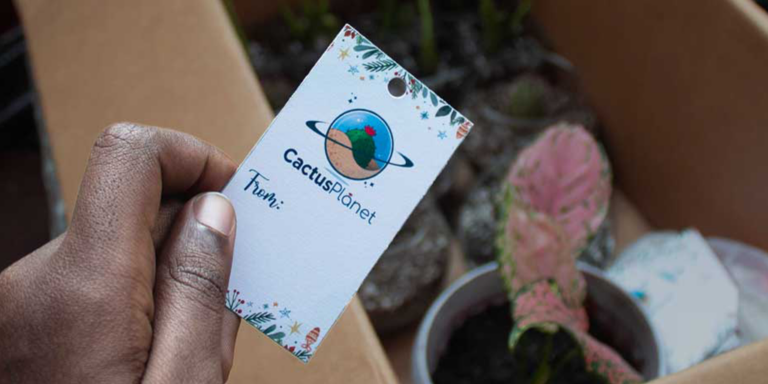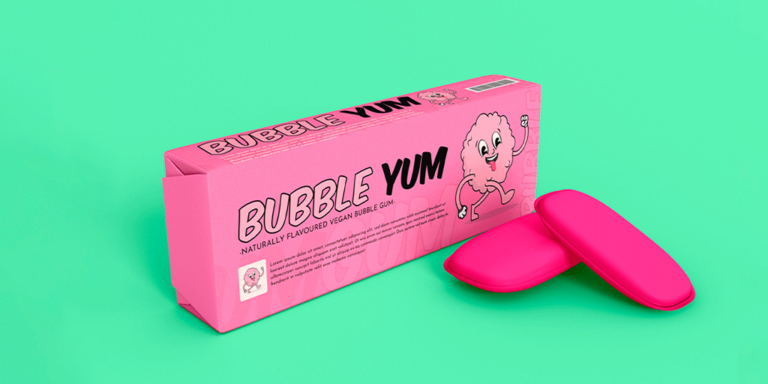Here’s the quick answer:
If people are seeing your product but not buying it — you have a marketing issue.
If no one is seeing your product at all — you have an advertising issue.
Think of it this way:
Advertising gets your product seen.
Marketing convinces people it’s worth buying.
You can sell almost anything — but only if your customer believes it has value. Let’s break this down from a social media perspective, where most small businesses are currently building their presence.
The 200-View Jail: Why Your Posts Aren’t Taking Off
If you’re a small business owner, you’ve likely experienced the dreaded plateau: your Reels, TikToks or posts are stuck at 200 views, maybe 1–2 likes, and if you’re lucky, a single bot comment. It’s frustrating — and feels personal — but often it’s not the algorithm’s fault. It’s probably your content.
That’s a harsh truth, but let’s unpack it. Most social media platforms use an engagement-based algorithm. When you post a video, it’s initially shown to a small batch of viewers — let’s say 200 people. From there, the algorithm measures:
- Average watch time
- Scroll rate (how quickly viewers leave)
- Engagement (likes, comments, shares, saves)
If your content performs well with the first group, it gets pushed to a wider audience. If it doesn’t, the algorithm quietly shelves it. This is why trends like “like and share 3 times” or making 7-second videos took off — they’re tactics to game the algorithm. But here’s the reality: those tricks aren’t sustainable. What is sustainable is creating content that offers value.
Valuable Content Is Relatable Content
Your customers don’t care about you. They care about themselves.
Unless your audience can see themselves — their needs, goals, humour, or struggles — in your content, it will be irrelevant to them. That’s why valuable, relatable content performs better. Think about your favourite brands or influencers. Why do you keep watching? Because something about them resonates with you. You probably like how the brand looks (their aesthetic), the story they share or even a solution they provide.
Not Every Product Sells Itself
Especially if you’re selling non-essential or luxury items, your product won’t just “sell itself” by existing. For example:
- Posting a fuzzy slipper with a plain caption and price might not get traction.
- Posting a short video of someone gifting those slippers to their mum as a moment of comfort and love? That might connect.
People need to know why they should care, and you can frame value in two ways:
- Within the product: “These slippers are incredibly cute and comfort.”
- Within the story: “Your purchase of these slippers supports a single mum and her kids.”
Either way, the value loops back to the customer:
They feel good for supporting a cause, or they feel good about getting a product that they care about.
It’s an Advertising Problem
Now let’s talk about visibility. If you’re constantly posting, but your views are stuck at 0–2, then your issue likely isn’t just weak content — it’s that no one is seeing it.
This can be the algorithm’s doing, but often the underlying causes are:
- No one is engaging, so the platform stops pushing your content.
- Your content is unclear or inconsistent, so the algorithm (and audience) don’t know who it’s for.
The same principle applies offline: if your flyers are confusing or vague, people will ignore them. It’s not that they’re rude — it’s that they don’t get it.
The Solution: Clearer, Better Messaging
If your audience doesn’t understand what you do, why it matters, or what they’re supposed to do next — they won’t engage.
Be clearer and more concise about:
- Who you are
- What you offer
- Who your content is for
- What action you want viewers to take
Strong advertising captures attention. Strong marketing gives people a reason to stay and buy.
Final Thoughts
If your sales aren’t moving, don’t panic. Step back and assess:
- Are people seeing your content? If not, refine your advertising and visibility strategy.
- Are people seeing it but not buying? Then you need to rework your marketing and messaging.
In both cases, the answer isn’t posting more — it’s about more clarity and value.
Focus less on hacks and more on building trust, delivering value, and speaking directly to your audience’s needs. That’s how you convert passive scrollers into loyal customers.



